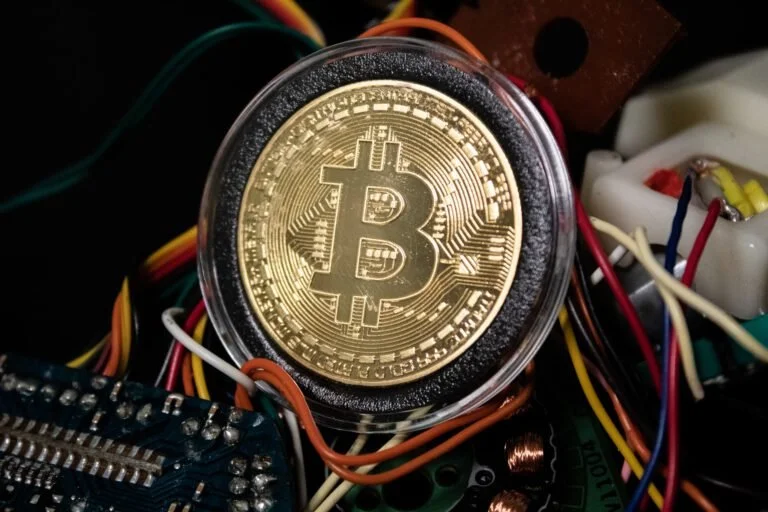Photo by John Cameron on Unsplash
Introduction to the Unwinding of the Monetary Order
The current state of the global economy is a complex and intriguing topic. Here are a few key points to consider:
The US dollar has been the world reserve currency since the end of World War II
The US has been running a persistent trade deficit, importing goods and services from other countries in exchange for dollars
Countries like China have been running large trade surpluses, but have been investing their profits in US assets rather than their own economy
The global monetary system is facing a crisis, with many experts predicting a significant shift in the way money is valued and traded
The US took on the role of world reserve currency after World War II, exporting its strength to help other countries recover. However, when the US divorced from the gold standard, the dollar was no longer backed by a physical asset, and the country began printing money to pay for goods and services. This has led to a situation where the US is running a massive trade deficit, importing real goods and services while exporting dollars.
This system is not sustainable, and countries like China are now looking for alternative places to invest their trade surpluses. The US is facing a hollowed-out middle class and a massive wealth gap, with those who own financial assets getting richer, while those in the lower classes are getting poorer. The assets that people need to acquire, such as cars, houses, and education, are becoming more and more expensive.
In this context, a neutral reserve asset, such as Bitcoin, could play a key role in storing time and energy, and providing a safe haven for global trade surpluses. With the US facing significant economic challenges, the current monetary system will likely continue to unravel, leading to a significant shift in the way money is valued and traded.
Conclusion
In conclusion, the unwinding of the monetary order is a complex and far-reaching issue that has significant implications for the global economy. As the US continues to run a massive trade deficit and countries like China look for alternative places to invest their trade surpluses, the stage is set for a significant shift in the way money is valued and traded. With the emergence of new assets and investment opportunities, it will be interesting to see how this plays out in the coming years. One thing is certain, however: the current monetary system is not sustainable, and a change is coming.
“It might make sense just to get some in case it catches on…. - SATOSHI”
DISCLAIMER
This publication is general in nature and is not intended to constitute any professional advice or an offer or solicitation to buy or sell any financial or investment products. You should seek separate professional advice before taking any action in relation to the matters dealt with in this publication. Please also note our disclosure here












